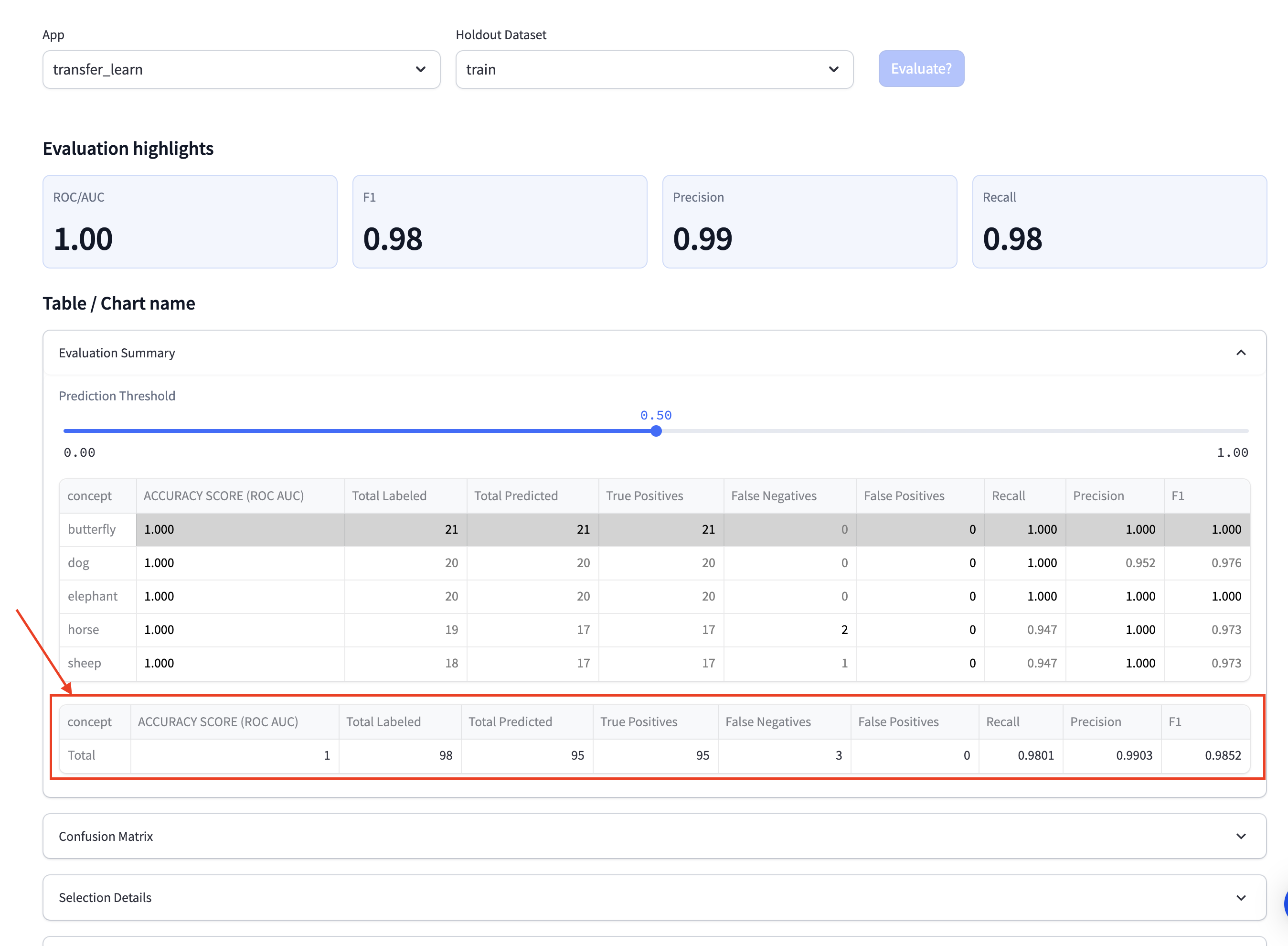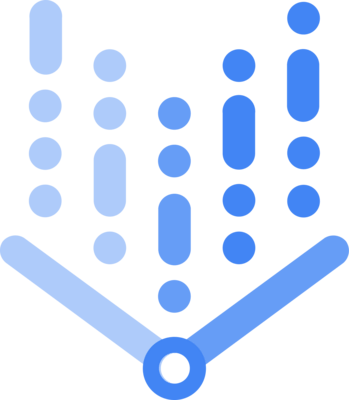Alternatives to Amazon Rekognition
1. Clarifai
+Pros
- Hybrid deployment flexibility supporting cloud, on-premises, and edge environments
- Transparent token-based pricing ($0.0012–$0.07 per request) providing clearer cost structure than enterprise competitors
- Proven retail specialization delivering 3x higher visual search accuracy compared to generic alternatives
-Cons
- Scale constraints compared to Google Vision API and AWS Rekognition may limit suitability for enterprise deployments requiring millions of daily image processing operations
- Resource requirements demanding 3-5 dedicated ML engineers for custom model development exceed capabilities of organizations lacking internal AI expertise
One highlighted feature and why it's amazing
Center on image classification, object detection, and similarity matching through deep learning models optimized for ecommerce applications. The platform processes visual data through proprietary neural networks, delivering 3x higher visual search accuracy compared to generic alternatives in documented retail implementations.

Another highlighted feature of why it’s amazing
Features enable automated compliance for marketplace operators, achieving 98% accuracy in detecting luxury brands like Louis Vuitton and Chanel in optimal conditions. NSFW detection capabilities reduce manual review workload, as demonstrated in 9GAG's implementation.
2. Google Vertex AI Vision
+Pros
- Massive infrastructure scale supporting 20 billion monthly Google Lens searches
- Serverless architecture enabling global stream ingestion
- Multimodal AI integration through Gemini Pro Vision
-Cons
- Implementation complexity requiring 5+ technical FTEs and 6-12 month timelines
- 23% accuracy degradation when processing user-generated images versus studio photography
One highlighted feature and why it's amazing
Enables real-time video analysis through geo-distributed endpoints capable of ingesting thousands of global streams.

Another highlighted feature of why it’s amazing
Through Gemini Pro Vision enables sophisticated product understanding combining visual, text, and contextual data.
Other Alternatives
Imagga Auto-Tagging API
Microsoft Azure Computer Vision
ViSenze Visual AI Platform
How We Researched This Guide
About This Guide: This comprehensive analysis is based on extensive competitive intelligence and real-world implementation data from leading AI vendors. StayModern updates this guide quarterly to reflect market developments and vendor performance changes.
203+ verified sources per analysis including official documentation, customer reviews, analyst reports, and industry publications.
- • Vendor documentation & whitepapers
- • Customer testimonials & case studies
- • Third-party analyst assessments
- • Industry benchmarking reports
Standardized assessment framework across 8 key dimensions for objective comparison.
- • Technology capabilities & architecture
- • Market position & customer evidence
- • Implementation experience & support
- • Pricing value & competitive position
Research is refreshed every 90 days to capture market changes and new vendor capabilities.
- • New product releases & features
- • Market positioning changes
- • Customer feedback integration
- • Competitive landscape shifts
Every claim is source-linked with direct citations to original materials for verification.
- • Clickable citation links
- • Original source attribution
- • Date stamps for currency
- • Quality score validation
Analysis follows systematic research protocols with consistent evaluation frameworks.
- • Standardized assessment criteria
- • Multi-source verification process
- • Consistent evaluation methodology
- • Quality assurance protocols
Buyer-focused analysis with transparent methodology and factual accuracy commitment.
- • Objective comparative analysis
- • Transparent research methodology
- • Factual accuracy commitment
- • Continuous quality improvement
Quality Commitment: If you find any inaccuracies in our analysis on this page, please contact us at research@staymodern.ai. We're committed to maintaining the highest standards of research integrity and will investigate and correct any issues promptly.